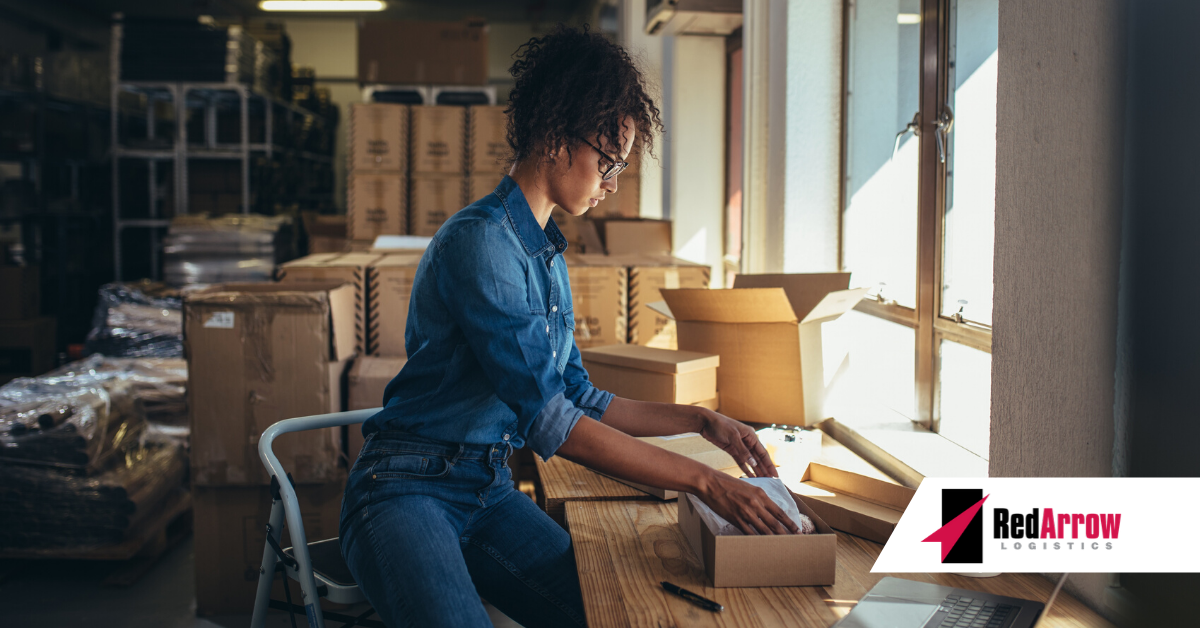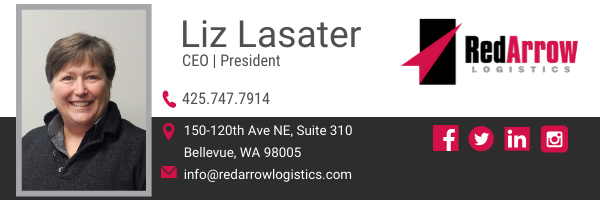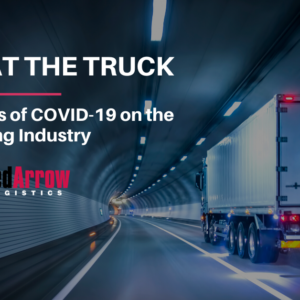How Does Order Fulfillment Work?
As an online seller, perhaps you have considered using an e-commerce platform, such as Amazon as your fulfillment house. After all, over 2 million people worldwide sell on Amazon. Out of the top 10,000 sellers, 66% of them use Fulfillment by Amazon (FBA). The process is simple: you send your products to Amazon for storage. When a customer orders a product, Amazon fulfills it—picking, packing, shipping, and tracking the order. Any refunds or returns are also handled by the company. The entire transaction is handled by Amazon. And with over 100 warehouses throughout the country, sending your inventory to one nearby either you or your customer base is easy. Sounds great, right? Before you move all your inventory over, there are several considerations to be made, especially if you are a small business.
While e-commerce fulfillment platforms offer an amazing selling opportunity, there are a few disadvantages depending on your type of business, such as:
Inventory
E-commerce fulfillment platforms charge for storage and fulfillment fees. So, if you sell a seasonal product, or want to front-load your inventory, you will pay them for holding on to it. If you have slow-moving inventory at certain items, you will have to examine how you can minimize storage fees. You will also have to keep a close eye on your inventory levels to make sure it does not get too high, or too low, which can be challenging if you sell on multi-channels. Items that are in storage for over six months are usually not financially advantageous so your products should still be profitable after fulfillment and storage fees to make sense economically.
One Outlet Only
During the recent COVID-19 pandemic, Amazon placed priority on the shipment of essential and household goods. While this was necessary at the time, other seller’s order processing, fulfillment, and shipping were put on hold…for weeks. Amazon also stopped accepting inbound goods to replenish inventory levels for many products. This was devastating to some sellers who could not get their inventory out of Amazon’s fulfillment centers. While the measures that Amazon took were understandable, it created issues for many businesses who had consolidated their inventory with Amazon.
Differentiation
Today’s customers want a little bit of everything from the companies that they purchase from. Having a great product is not enough. Customers also want to order from a company that ships quickly and reliably and has great customer service. There need to be some factors that differentiate your brand from the many available through e-commerce. Distribution and shipping can be outsourced, but when you do to a large company like Amazon, you will lose some of the control over these areas of your company. While Amazon is efficient at these processes, they are the same every single time—same generic box, same basic process—so there is no personal connection with your customer. If you are looking to differentiate your business from the competition, branding should not be handled by Amazon.
Rising Costs
In order for Amazon to keep up with its warehouse and shipping operations, there is a large amount of manpower and infrastructure needed. The sheer size of Amazon’s network is astounding, and to keep it operating efficiently, Amazon has had regular price increases on fulfillment and inventory. For example, during the 2018 holiday season, the cost for storage in the FBA program tripled, so businesses were either overstocked or understocked. Whatever amount you pay once you join Amazon’s program will undoubtedly go up as Amazon continues to invest in its shipping network.
Amazon FBA fees are based on the weight of the product, size of the product, and the channels on which the products are sold. These charges are on top of the Amazon fulfillment fees, which each seller pays when Amazon picks, packs, and ships one of your items and the monthly inventory storage fees, depending on the space your products occupy in a warehouse by the cubic foot.
Other 3PL Options
An independent 3PL, such as Red Arrow Logistics will not have as many fees as an e-commerce fulfillment platform, which may make them a better fit for certain companies. These logistics companies do not charge extra fees during busy seasons and have consistent storage pricing. As your business grows or retracts, an independent 3PL can make operational changes so support your shipping needs. Most likely you will develop a relationship with the 3PL, as opposed to being just another number.
While Amazon’s FBA program enables you to get your products in front of millions of customers, there are a few drawbacks to the program. An independent 3PL might be a better fit if you are looking to be able to better control costs and customization of your customer’s experience.
Your Trusted Partner
At Red Arrow Logistics, we provide expertise and white glove customer service with fast-growing, complex, and high-value supply chains. As the next-generation model of logistics companies, we offer tailored transportation and logistics solutions — from single shipments to complex over-dimensional and international orders.
Red Arrow offers the scale and scope of services including air, ocean, and ground transportation to meet the budget and schedule requirements of the largest and smallest companies alike. If we can be of assistance, please email us at info@redarrowlogistics.com or give us a call at 425-747-7914.




